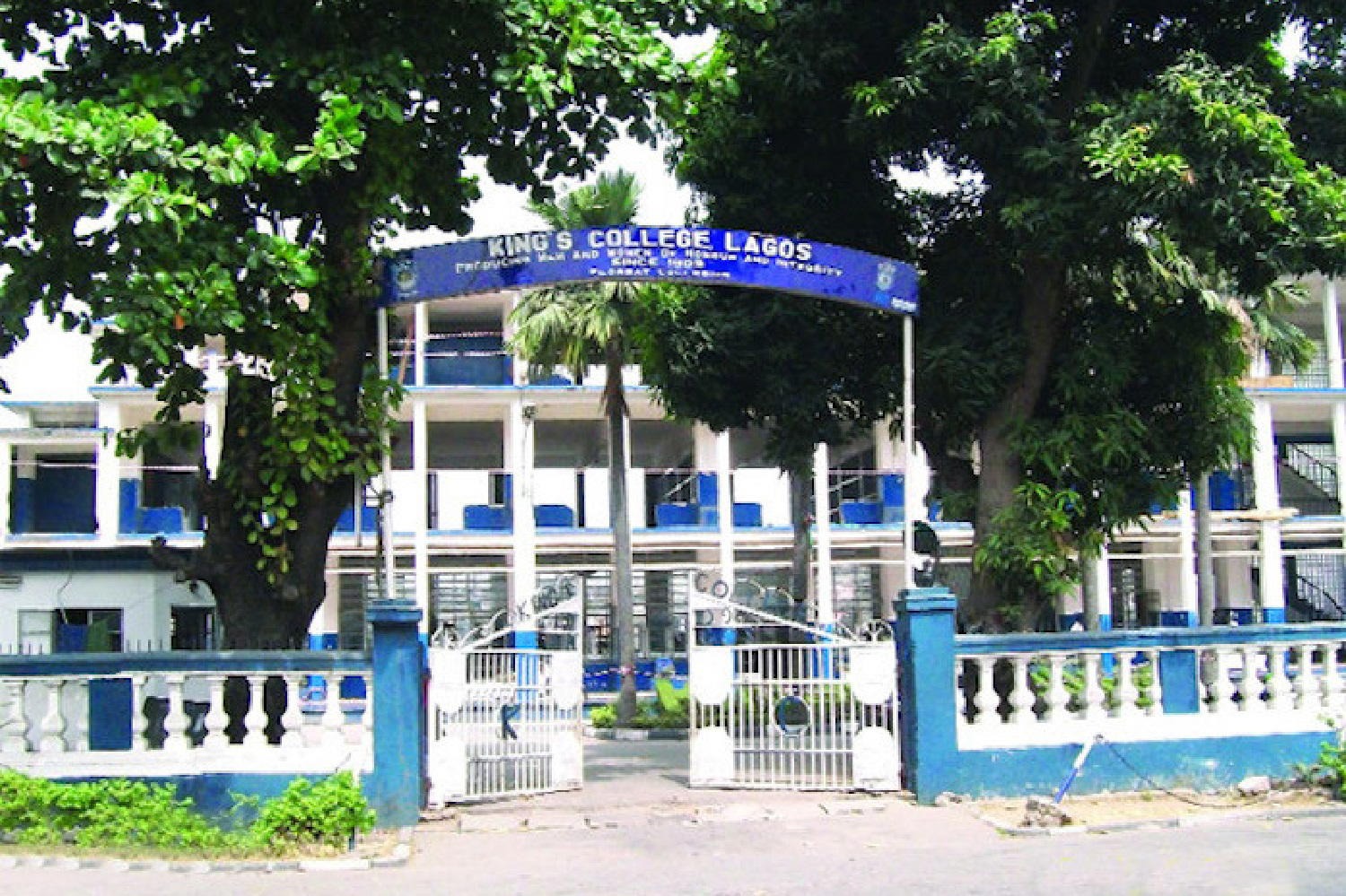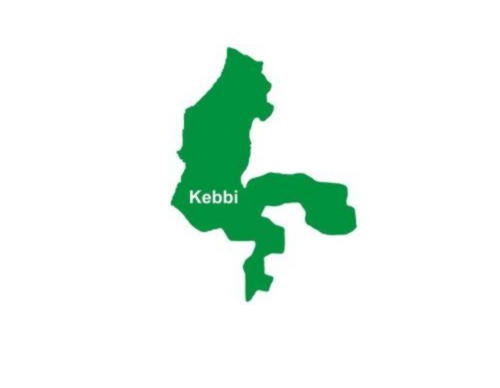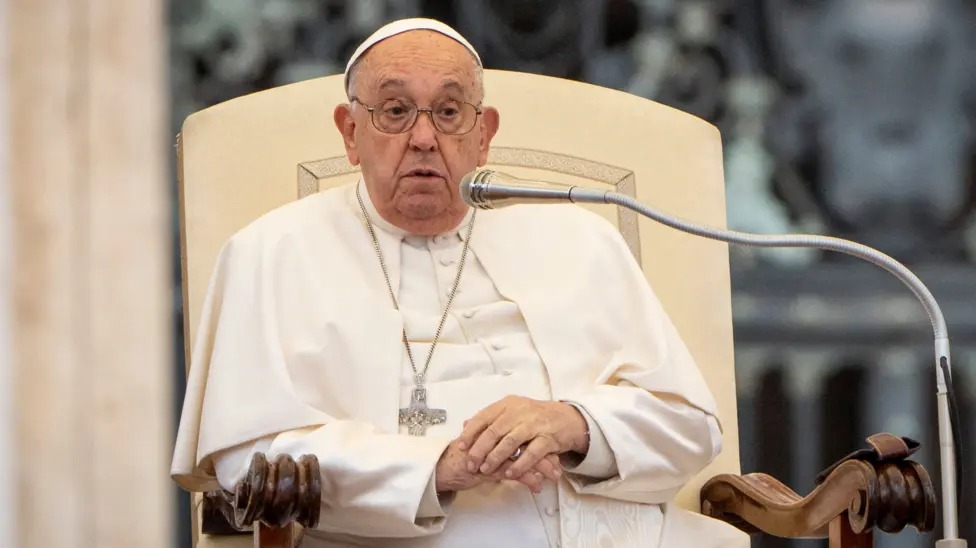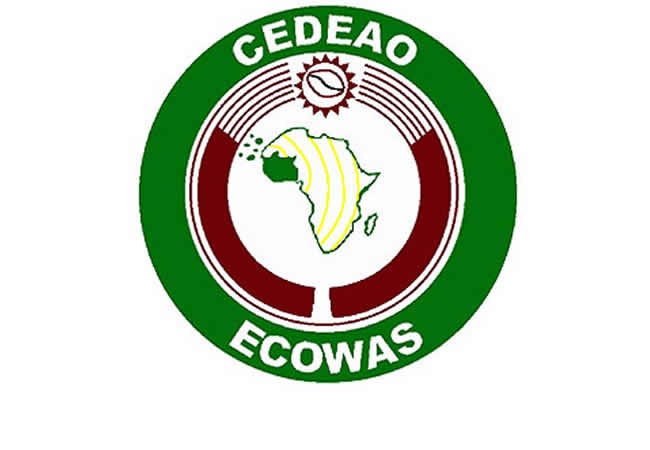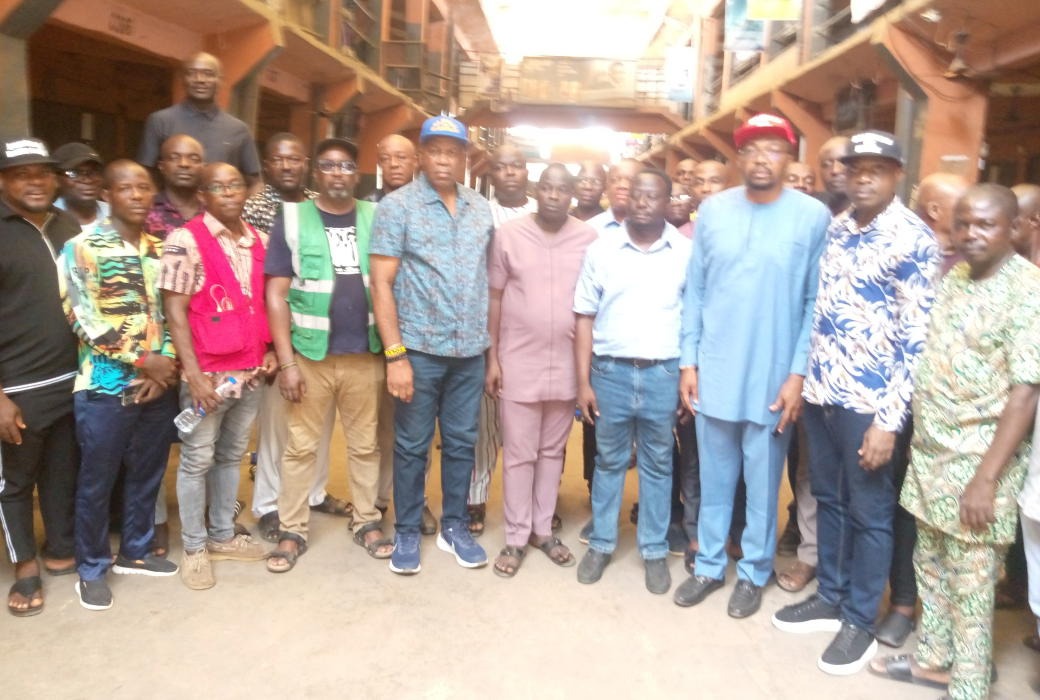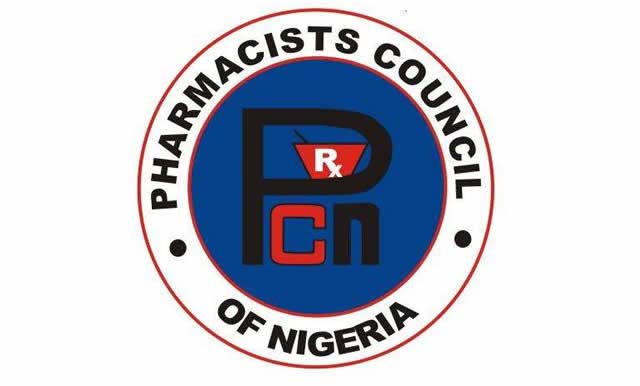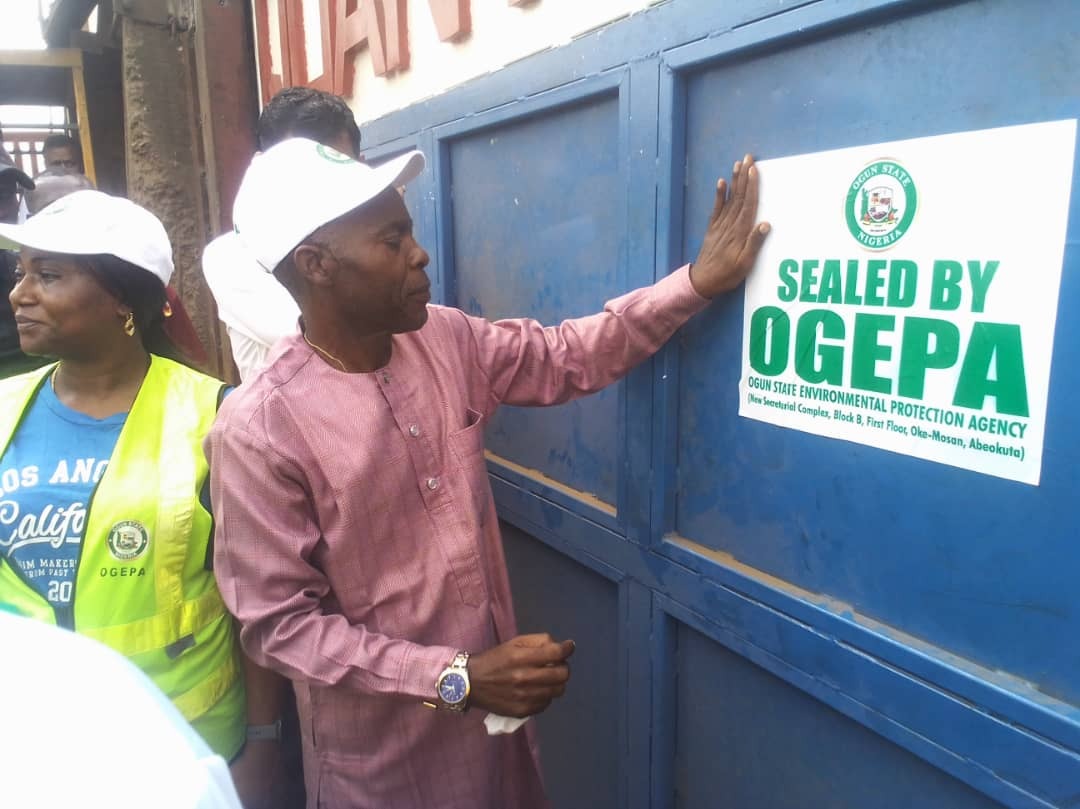The Lagos State Government on Tuesday rolled out an emergency vaccination exercise for diphtheria exercise for students and staff of the King’s College Annexe, Victoria Island to immediately curb the spread of the highly contagious disease. Meanwhile, top state government officials and the World Health Organisation, WHO, on Tuesday visited and inspected the school to assess the situation and oversee the vaccination campaign. Among top …
